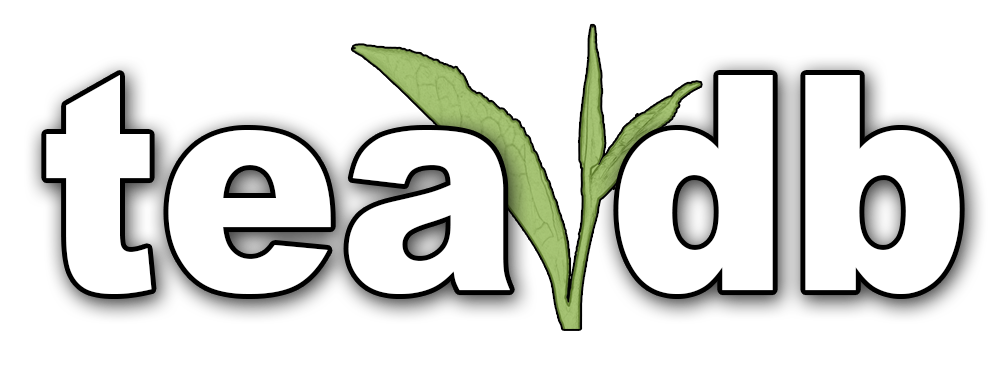If only I got into pu’erh 5 years earlier…
-Every single pu’erh addict (regardless of when they got into pu’erh).
The year is 2008. Obama was elected. Lil Wayne was weird but still OK to like. In the midst of the steroids crisis, MLB considered A-Rod the great clean hope. The world economy took a dump… And perhaps most importantly, the commodity known as pu’erh had just busted.. in the autumn of 2007. With the power of hindsight and the way back machine, let’s search the depths of the internet and see what the pu’erh scene looked like in 2008… (more…)

